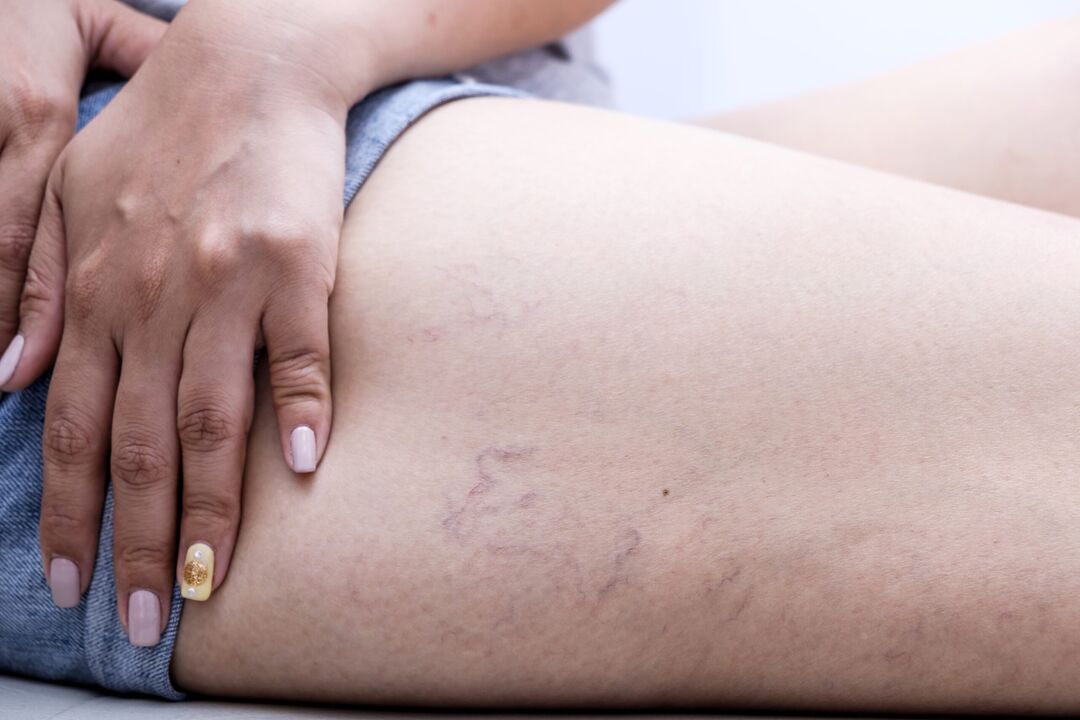
Science deals with the treatment of all vascular diseasesphlebology. Problems withdishesin man it began a long time ago, perhaps even when he first stood at twolegs. Excessive physical exertion of the lower limbs leads tovaricose veinsOnlegsin women, the treatment of this disease is withshouldersdoctors—phlebologists. They are successfully identifiedvaricose veinsand conduct complex methods for its treatment. Combined with modernoperationand minimally invasive technologies, laserphlebologyAndphysiotherapytreatment of varicose veins has a positive result.
What are varicose veins?
A wordvaricose veinscomes from the Latin "varicis" and means swelling. With varicose veins, the outflow is impairedblood,veinsexpand, leading to stagnation inlegs. Varicose veinsveinsWomen (20%) are more often affected than men (10%).
Causes of varicose veins on the legs in women
The causes of this disease are various unfavorable factors:
- heavy physical activity increasespressureVveins;
- weakness of the venous wall;
- monotonous work in a sitting or standing position;
- uncomfortable, constricting clothes or shoes;
- Overweight;
- pregnancyorbirth;
- smoking;
- hereditary factors;
- injuries and tumors.
Varicose veins appearveinsdue to venous valve damage that slows outflowblood, preventing her from moving towardsheart. As a result, there may beswellingblood clots and, in severe cases,ulcers.
Stages of varicose veins
There are two stages of varicose veins. Primary extensionveinsit occurs in 20-40% of the population of developed countries. It is caused by insufficient powerdisheswhat happens whenpregnancy, physical overload or duringobesity.
Secondary extensionveinsusually occurs as a result of heredity, injury or tumor. There is a violation of venous outflow when the valve does not cope with its work, as a result of which the supply of oxygen decreases. Appeartrophic ulcers.
The first signs of varicose veins
- burning in the lower limbs;
- night cramps;
- darkening and swellingveins;
- the appearance of ulcers.
Treatment of varicose veins on the legs
At the slightest doubt aboutvaricose veinscontact your surgeon immediatelyphlebologist.treatmentIt is important to treat varicose veins in time and avoid chronic forms.
Therapythis disease requires an integrated approach. Regardless of the severity of the disease, it is very important during the disease to take: vitamins (C and E), minerals (zinc, silicon), amino acids (taurine, lysine), enzymes (pancreatin or mezyme), probiotics, always fiber and healingplants: horse chestnut, ginger, blueberries, chili pepper, hop cones, lilac leaves, kolanchoe juice.
Other treatment methods are surgery, minimally invasive devices, laser treatment andphysiotherapyapplied after observations and recommendationsdoctor.
Prevention of varicose veins on the legs
Preventive measures will help to avoid varicose veins:
- lead a proper and healthy lifestyle and diet, move more and do sports;
- do not take too hot baths, do not visit saunas and spend less time in the sun;
- lose weight, avoid constipation;
- do not wear uncomfortable clothes and shoes;
- do not cross your legs;
- distribute the load evenly, do not stay in one position for a long time;
- move your feet and toes for 3-5 minutes in the morning and evening;
- take cool baths forlegs, walking through the dew.
Every disease can be prevented, but not every disease can be cured. So treat your body with love and be healthy!


















